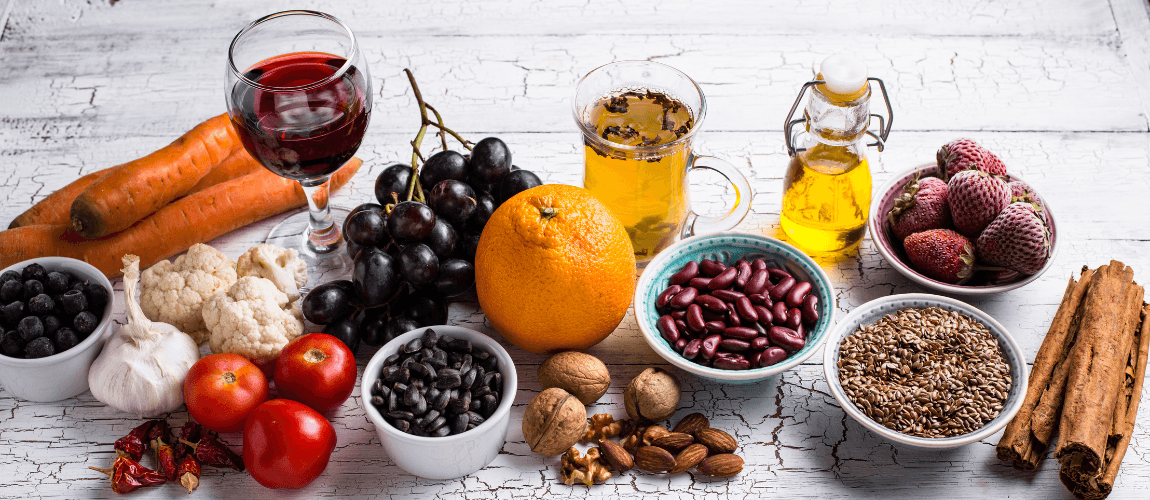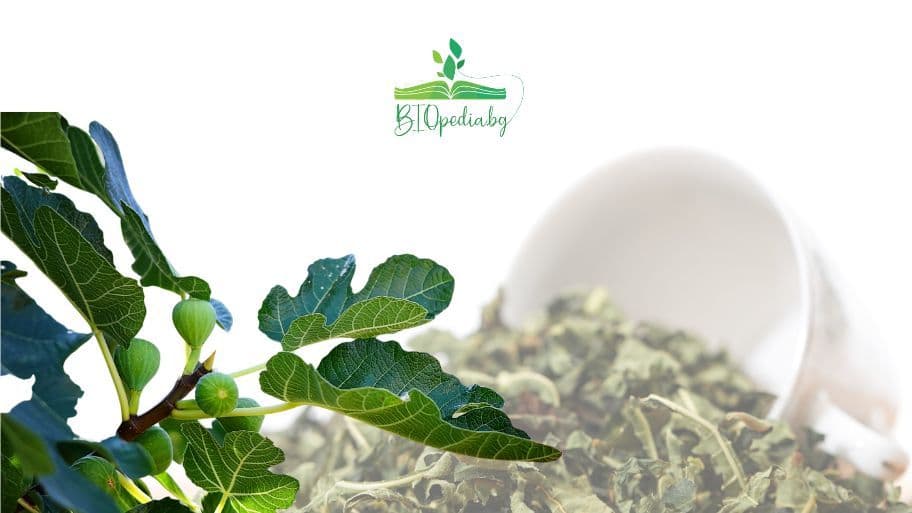Folic acid or folate is the natural form of vitamin B9, a water-soluble and naturally occurring vitamin found in many foods. But how do you drink folic acid? This is what you will learn from this article on"mybiopedia.com".
It is also added to foods and sold as a supplement in the form of folic acid. This form is actually better absorbed than that from food sources - 85% vs. 50%, respectively.
Folate helps form DNA and RNA and is involved in protein metabolism. It plays a key role in the breakdown of homocysteine, an amino acid that can have harmful effects on the body if present in high amounts.
Folate is also necessary for the production of healthy red blood cells and is critical during periods of rapid growth, such as during pregnancy and fetal development.
Since folic acid and folate are so beneficial and needed by the human body, it is normal to ask, when a deficiency is found, how does one actually drink folic acid so as to provide the necessary levels to the body? This is what we will discuss in this article.
What is folic acid?

Folic acid is created from a synthetic form of folate, a B vitamin that is important for the formation of red blood cells and the production and maintenance of new cells in your body.

During pregnancy:
Folic acid is used by women who are pregnant or planning a pregnancy to reduce the likelihood of spina bifida and other defects of the baby's spine.
It is best to start taking folic acid before conception and continue until 12 weeks of pregnancy. If pregnancy is not planned, start taking folic acid as soon as you find out you are pregnant.
For anemia:
Folic acid is used to treat or prevent certain types of anemia caused by folic acid deficiency by increasing the production of red blood cells.
Check with your doctor first before taking folic acid to make sure it is right for you.
To prevent side effects:
For people taking methotrexate, folic acid is used to reduce some side effects caused by reduced folate, such as mouth ulcers.
How to drink folic acid - doses
Here's what the professionals answer to the question of how to drink folic acid: PD: The recommended dietary dose of folic acid is listed as micrograms (mcg) of folate food equivalents (DFE).

Men and women over the age of 19 should aim for 400 mcg.
Tolerable upper intake dose (TID) is the maximum daily dose that is unlikely to cause adverse side effects in most people. The ADI for adults for folate intake from fortified foods or supplements (not including folate from food) is set at 1000 mcg per day.
How to drink folic acid - foods containing folate
 Along with how to drink folic acid, it is important to know which foods are natural sources of folate. A wide variety of foods naturally contain folate, but the form that is added to foods and supplements, namely folic acid, is better absorbed.
Along with how to drink folic acid, it is important to know which foods are natural sources of folate. A wide variety of foods naturally contain folate, but the form that is added to foods and supplements, namely folic acid, is better absorbed.
Good sources of folate include:
Dark green leafy vegetables (turnip greens, spinach, Romaine lettuce, asparagus, Brussels sprouts, broccoli)
Beans
Peanuts
Sunflower seeds
Fresh fruit, fruit juices
Wholegrains
Liver
Marine products
Eggs
Fortified foods and supplements

For a good balance and sufficient intake, it is not only important to know how to drink folic acid and take folic acid supplements, but also to ensure sufficient intake and variety of these foods as part of our daily diet.
How to drink folic acid - who needs it?
Folic acid deficiency is rare as folate is found in a wide range of foods that most of us consume frequently anyway.
However, in some cases serious deficiency is seen, so it is important to know when and how to drink folic acid. The following conditions can put people at increased risk of deficiency:
Alcoholism - Alcohol interferes with folate absorption and accelerates the rate of folate breakdown and elimination from the body. People with alcoholism also tend to eat poor quality foods low in folate.
Pregnancy - The need for folate increases during pregnancy as it plays a role in cell development in the fetus. This is why almost all pregnant women are recommended to take folic acid.

Intestinal surgeries or digestive disorders that cause malabsorption - Celiac disease and inflammatory bowel disease can decrease folate absorption.
Surgeries involving the digestive organs or that reduce the normal level of stomach acid can also interfere with absorption.
Genetic variants - People carrying a variant of the MTHFR gene cannot convert folic acid into its active form for use by the body.
Signs of deficiency may include: megaloblastic anemia (a condition resulting from a lack of folate in the diet or poor absorption, which produces fewer red blood cells and larger ones in size than normal), weakness, fatigue, irregular heartbeat, shortness of breath, difficulty concentrating, hair loss, pale skin, mouth sores and aphthae.

How to drink folic acid - additional tips
If you take folic acid daily, take it at the same time each day, morning or evening. Take your folic acid tablets with a glass of water. You can take folic acid with or without food. If you forget to take your dose, take it as soon as you remember.





Comments